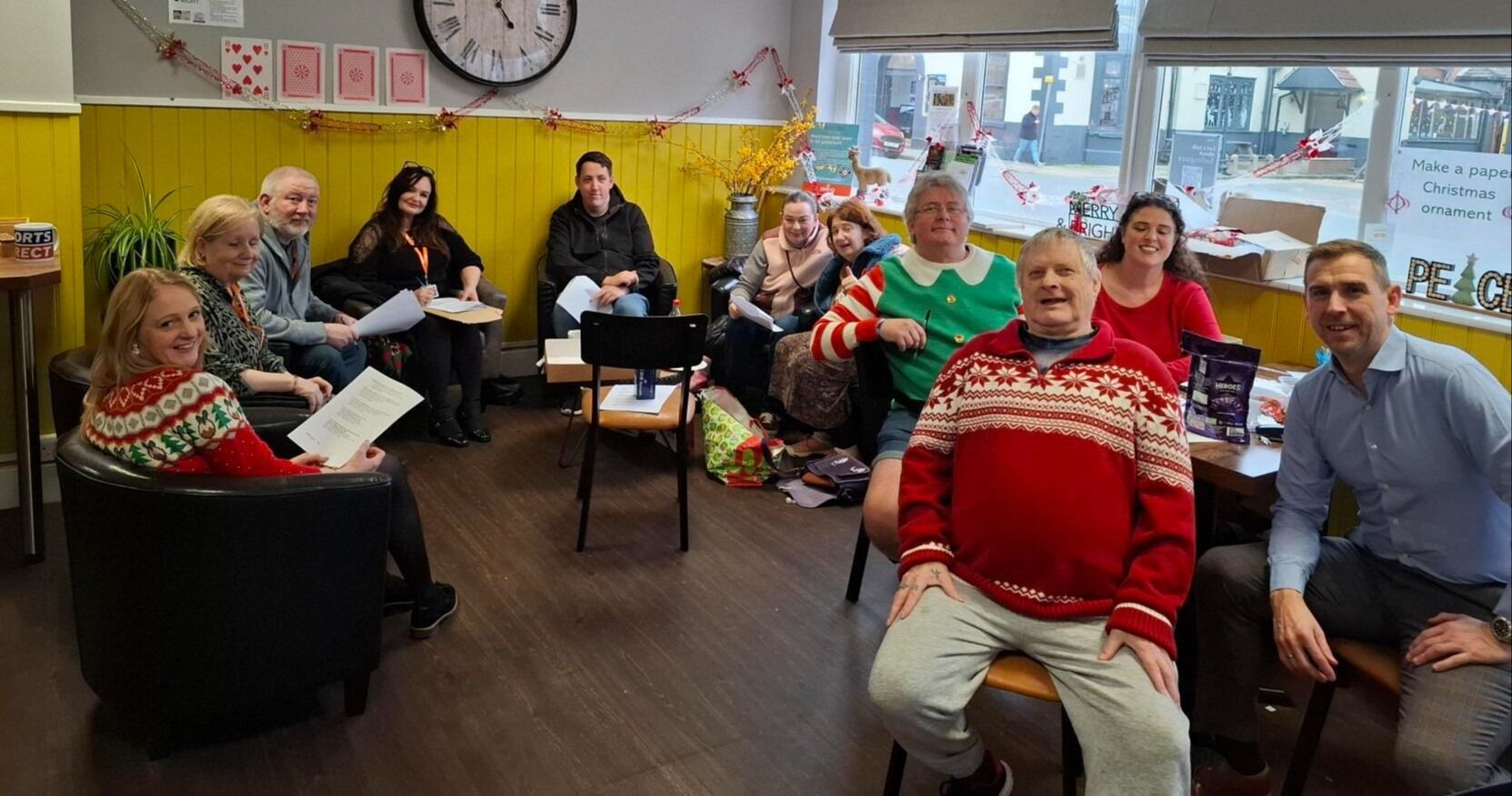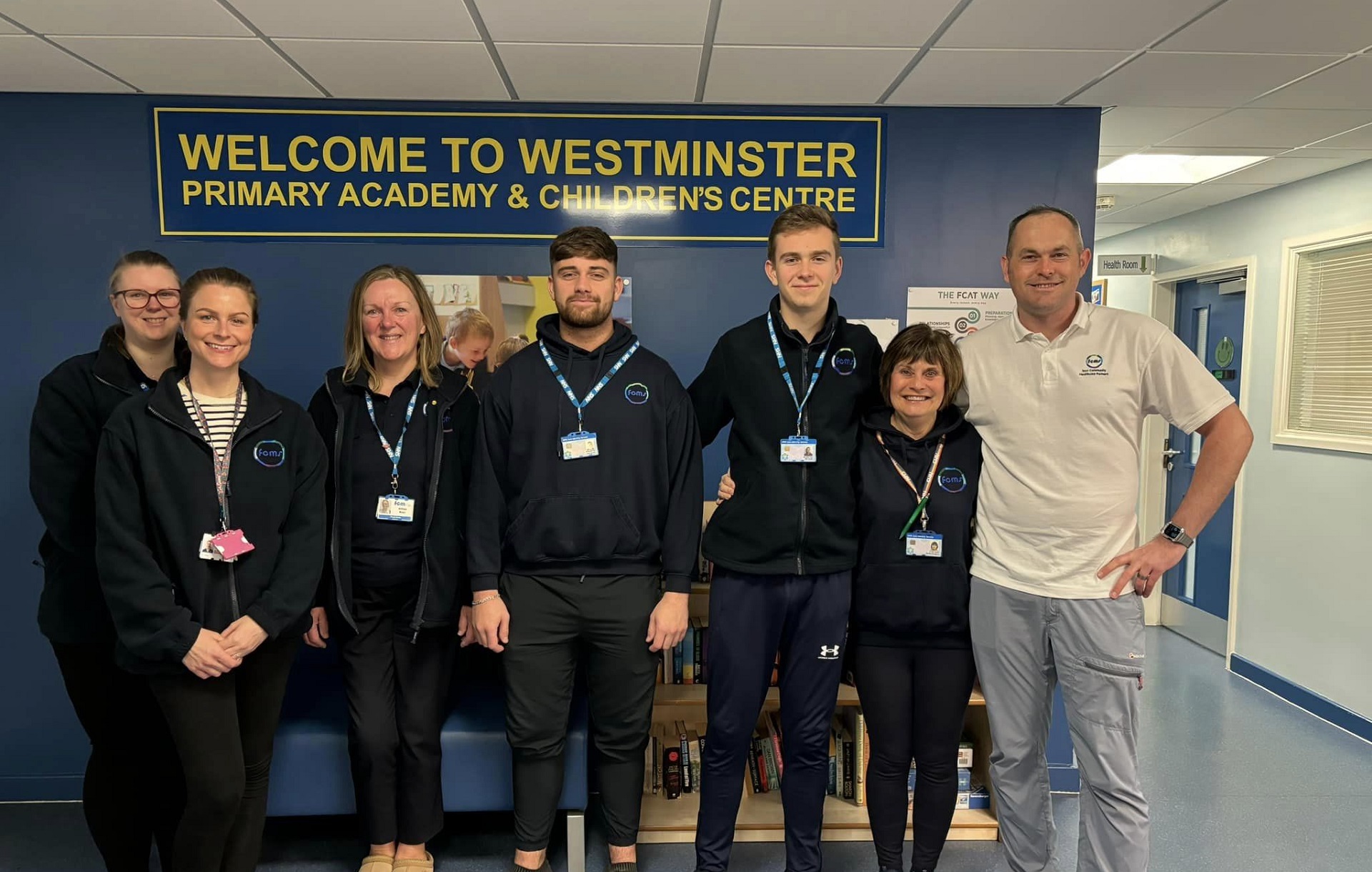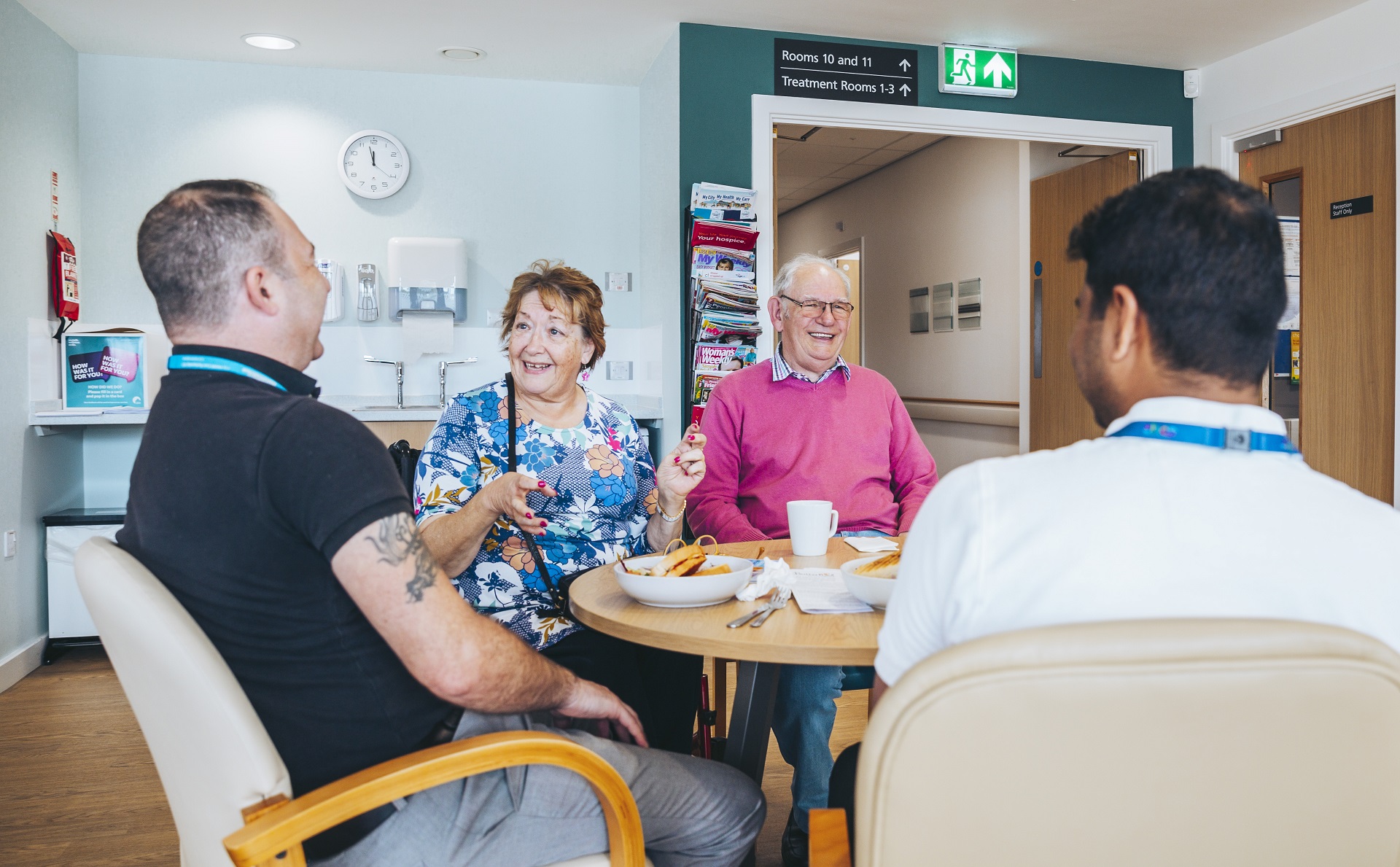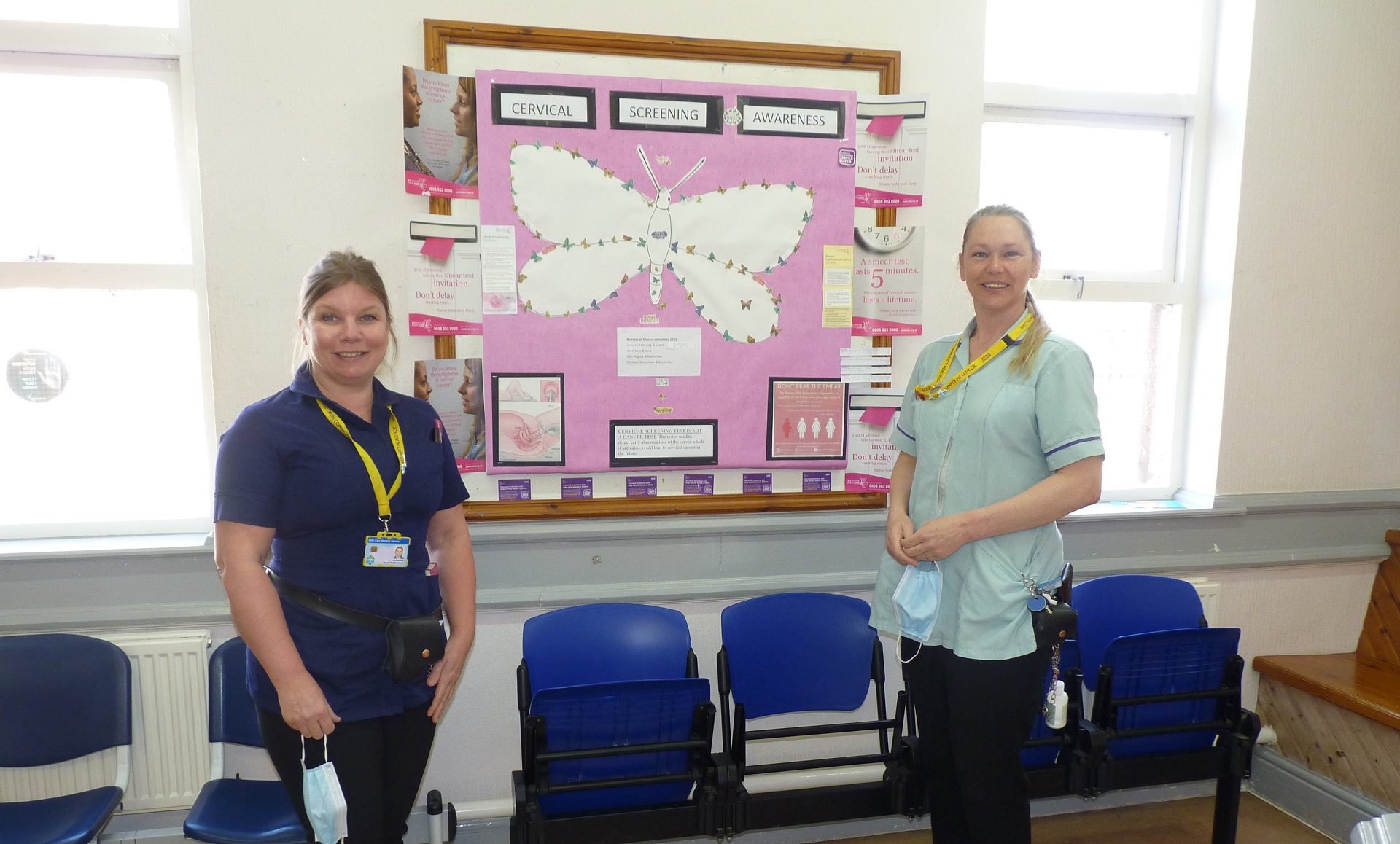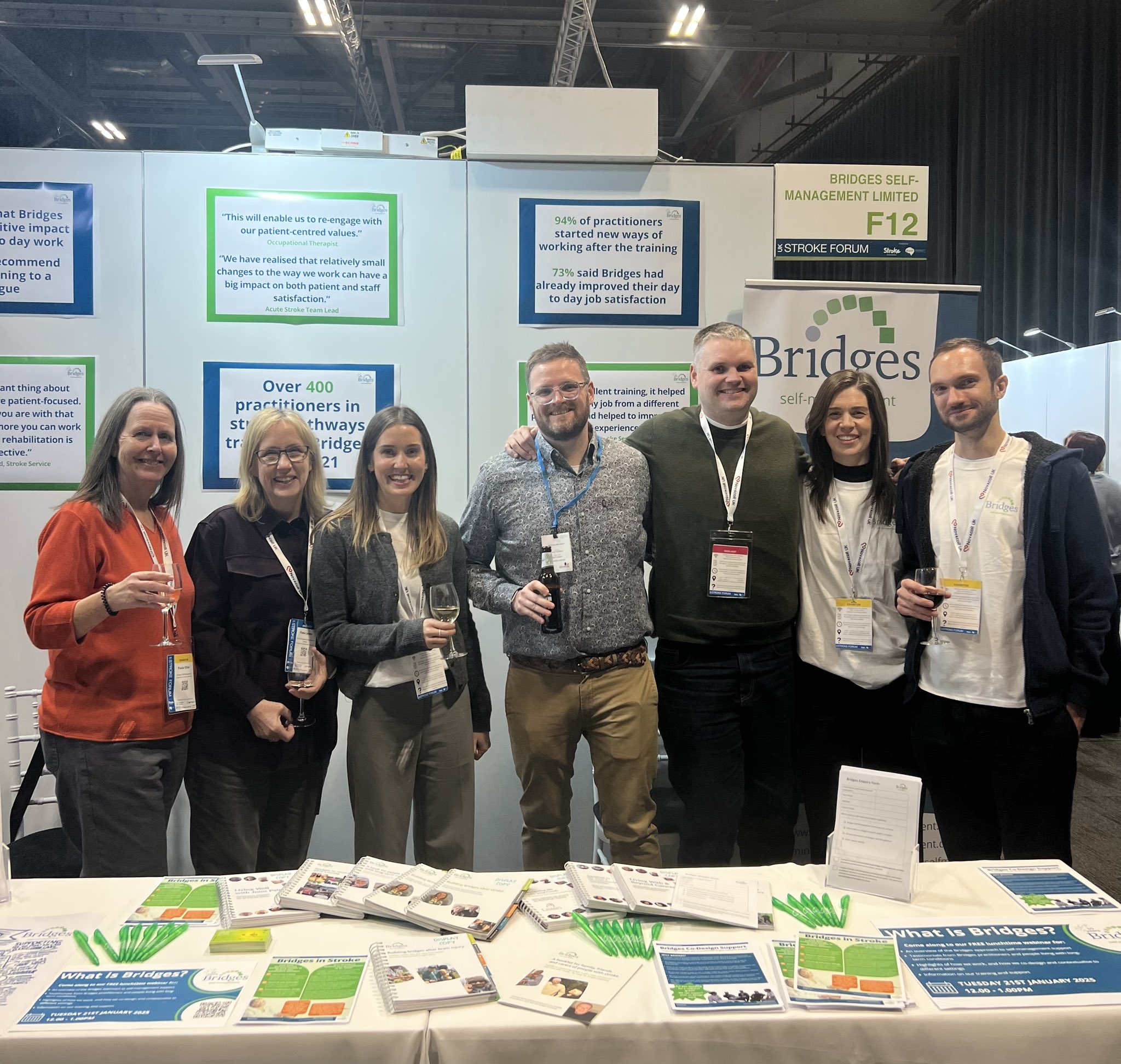
Health and social care case studies
Bridges
“Stop Fixing, Start Listening!” Meet the people training healthcare workers to hand power over to patients - and transforming lives in the process. It all began with curiosity. Twenty-five years ago, a physiotherapist asked a simple question: why do some stroke patients manage to find their way to a fulfilling life more speedily and completely than others? Obviously, the severity of the stroke plays a big part but even those with similar neurological and physiological impacts had very different experiences. Determined to find the answer, Fiona Jones decided to speak to stroke patients in depth. What she found was surprising: the key was the nature of their relationships. And the relationships that mattered were not just those between the patient and family and friends but, crucially, that between the patient and the healthcare workers trying to help them. Too often stroke patients felt disempowered by the way professionals interacted with them. Out of the very best of intentions, those professionals wanted to ‘fix’ their patients by taking control of their recovery, failing to fully acknowledge the complexity and diversity of their lives. The stroke patients that did better were those that helped to play a bigger role in their own care by managing their medication, rehabilitation regimes and pace of recovery independently of their clinicians – what is often termed ‘self-management’ A Bigger Story But extensive further research revealed something deeper. The secret to a truly fulfilling change in a stroke patient’s life was self-efficacy. Those who felt more in control of every aspect of their recovery also began to feel more in control of the lives that had been so disrupted by a severe medical condition. That meant moving beyond self-management’s focus on medicines, exercise and training and instead allowing the patient to shape the underlying methods, goals and style of recovery. This was radical stuff. As Fiona puts it: while self-management requires the patient to change their behaviours, an approach based on self-efficacy and empowerment requires the healthcare professional to change theirs. It means shifting mindset and practices away from any sense that the health worker knows best with ready-made solutions at hand. Instead, they need to act as expert collaborators led by the expectations, hopes and challenges identified by the patient themselves. It’s an ethos that originates with the heartfelt recognition that when it comes to their own lives, the person in front of you is the world-leading expert. Fast forward to 2013 and, after further research, Fiona founded Bridges Self-Management (with the support of City St. Georges and Kingston Universities) - a social enterprise designed to help health workers play that empowering role. This is far from easy. Health workers sometimes feel they are abdicating their responsibility by not coming up with quick solutions, not being in the lead. And when they do recognise the need for self-efficacy, the skills, strategies and language to enable that are often undeveloped. In addition, what they see around them is countless colleagues - often very highly regarded ones - doing things to rather than with their patients. Breaking down these personal and cultural norms requires lots of self-reflection, self-questioning and gradual, careful introduction of new approaches. But the impacts speak for themselves. Bridges’s work training staff who support people with Long-Covid was recently the subject of a randomised control trial. Called, appropriately enough, ‘Listen’, the project was found to have improved patients’ ability and confidence in managing their symptoms and doing everyday tasks. It also improved their sense of self-efficacy and emotional well-being. Most significantly, that greater sense of self-efficacy was directly related to the improvements in patients’ recovery. It is research that endorsed the findings of Fiona’s own initial enquiries all those years ago and the knowledge the Bridges team has accumulated through research and experience since it started work. Workers’ Liberation The impact of this way of working extends beyond the patients. Call it ironic, call it counter-intuitive, but it seems that by stepping back, listening and empowering the patient, the health worker actually ends up feeling more empowered themselves. Liberated from the strictures of routinised interventions and the pressure of taking sole responsibility for fixing their patients, health workers report being able to build much more fulfilling human relationships focused on helping people build a self-defined, decent life for themselves rather than achieve a set of externally set, medicalised milestones. It gives them more time. And most importantly, of course, they can see that working in this “Bridgey” way is better for the patients and their recovery. Again, the data speaks for itself. Of over 250 NHS staff trained by Bridges in the last 6 months alone, 84% said they are now listening more and ‘fixing less’. 94% said that Bridges was having a positive impact on their day-to-day work and 60% said working in the Bridges way had already increased their job satisfaction. Ultimately, the ethos of Bridges is a challenge not just to the professionals they work with but to a whole healthcare and public service system that is still built around doing to rather than doing with. Of course, there are many occasions when the enormous expertise of health workers must operate unhindered with little immediate regard for co-designing a solution - no-one undergoing cardiac arrest or a major trauma wants anything other than to be fixed by experts as rapidly as possible. But too much of this acute mentality has leached into every other aspect of healthcare - often reinforced by time pressures and lack of empowering skill sets. So, the question now is how we can make the training Bridges provides utterly normal across healthcare rather than something so out-of-the-ordinary that it can almost feel like a process of deprogramming for those seeking a better way of working. Given the theme, the final word should go to Jeremy - a patient with Long Covid. His testimony shows what happens when a health worker takes the time to really listen and co-design ways forward. His words speak with far greater eloquence of the power of patient empowerment than anything written here. Do find the time to listen! By Adam Lent This case study forms part of a series we are producing together with the healthcare consultancy Baxendale and think tank King’s Fund, to demonstrate the innovation shown by social enterprises delivering health and social care.
5 min

